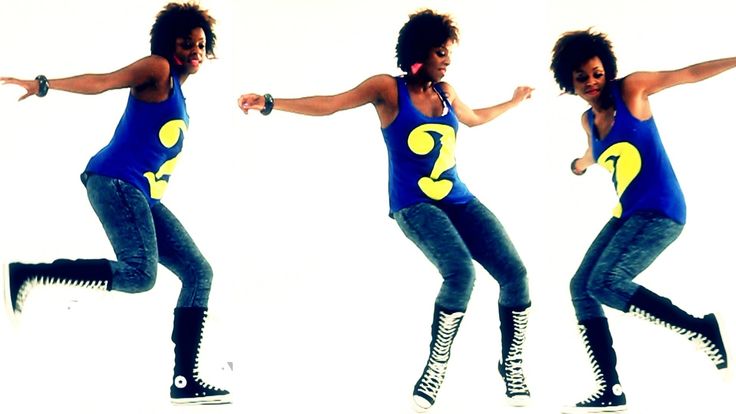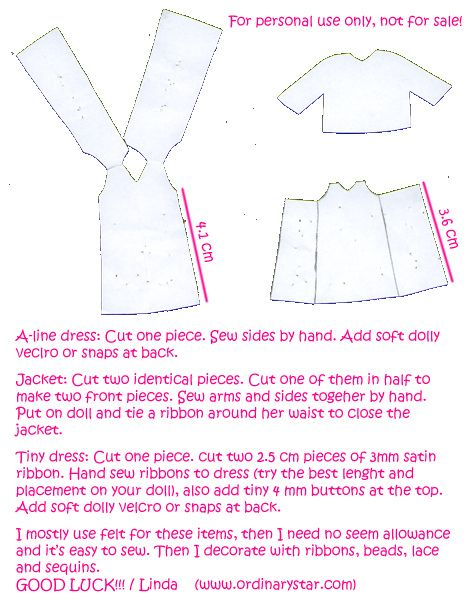How many calories does ballroom dancing burn
Dancing Calories Burned by Type - How many Calories does Dancing Burn?
Dancing is a great way to get your heart rate up, get rid of extra body fat, and build lean muscle. Because people enjoy doing it the likelihood of adherence is high, which is one of the most important predictors in any given exercise routines ability to help you get fit and stay fit.
This form of a workout uses a wide variety of motions to engage multiple muscle groups in a dynamic way that uses a significant amount of calories. The exact number burned depends largely on what style you’re doing.
There are so many different kinds of dance; to name a few of the better known, there is hip hop, salsa, ballet, swing, ballroom, belly dancing, tap, break dancing, folk, Zumba, country or Western, pole dancing, or even something like moshing. Say what you want about them, but they all count as some form of dance, and they all count as a workout.
Here’s a breakdown of approximate expenditure for each type; all estimation ranges are calculated for individuals weighing between 120-190 lbs. Actual figures will fluctuate according to variables such as weight, muscle mass, gender, and intensity or effort put forth.
Dancing calories burned per hour
Hip Hop – Hip hop involves large movements of the entire body, which places it high on the expenditure scale. It also often involves freestyling, meaning that muscle groups are kept guessing and are less likely to stop responding to the exercise or hit a plateau. In 60 minutes, hip hop will use between 370 (for people of lighter bodyweights) to 610 (for those weighing 180 and up) calories.
Calories burned Salsa dancing – Roughly 405 per 60 minutes for someone weighing 140, or around 480 for a 180 lb person.
Ballet – We estimate that there are 380 to 450 ballet calories burnt per hour. As an added bonus, this form of dance tends to be associated with great posture, a strong core, increased flexibility and very strong legs. It is known for building that long and lean look that women so often strive for, but make no mistake; ballet requires a great deal of strength. For example, pro football players have been known to use ballet training to improve their performances.
For example, pro football players have been known to use ballet training to improve their performances.
Swing – Hurling around your own bodyweight (and possibly your partner’s too) in this moderate to intense cardio workout burns between 300 and 550 cals. Depending on how high impact your style is and how much intensive maneuvering you do of your partner, it could very easily expend even more.
How many calories does ballroom dancing burn? – Slower paced styles will expend between 150 and 220, while quicker types will range between 250 and 320 per hour.
Belly dancing calories burned – Roughly 270-320 for less intense versions, and between 290 and 360 for faster & higher intensity styles.
Tap – This ends up being a full body cardio workout but the legs do the bulk of the work. This one has a high amount of variance in expenditure estimations; between 200 and 700 depending on pace, steps per hour, and the amount of effort required for the moves.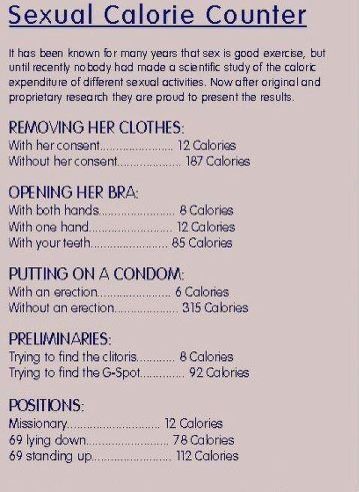
How many calories does break dancing burn? – This kind of dancing can require a great deal of strength and agility, as some of the moves require impressive poses holding one’s own bodyweight. We estimate that break dancing burns 400-650 cals per hour.
Folk – For slower types; 250-330 calories, for faster paced styles, between 310 and 420.
Zumba – Get the rundown on Zumba calories here
Country or Western – Again, the amount of effort put forth and the speed and difficulty of the movements will make a big difference, but generally speaking, this type of workout will use up between 290 and 420 calories.
Pole dancing calories burned – Along with building strength, you can burn between 250 and 350 while partaking in this popular workout trend.
Moshing – This style arguably might require the least amount of skill, but it uses a ton of energy; there are between 400-750 calories burned moshing, potentially.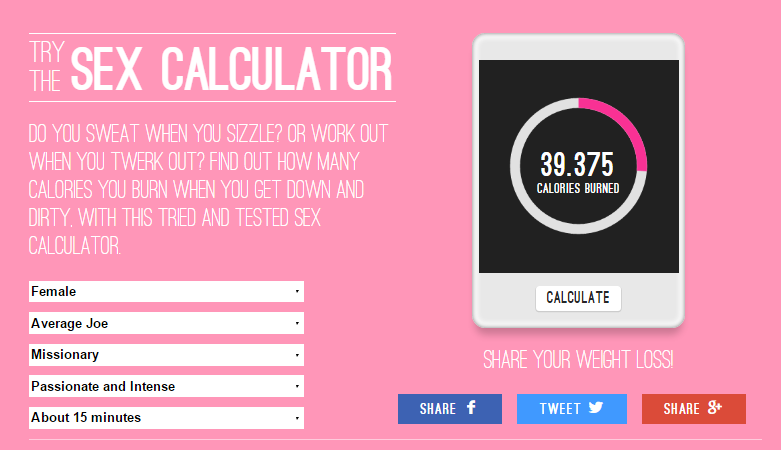
Remember, all of these figures are estimates that are influenced by an extensive variety of complex factors.
Calories Burned Per Hour For Various Different Dance Styles
Strictly Come Dancing has reignited the public’s interest in ballroom dancing in the UK, and because the format of this show has been sold to countries all over the world, interest in this popular pastime has picked up in a number of other countries as well.
However whilst this is a great way to spend a couple of hours, particularly as you can meet new people and make new friends, it is worth pointing out that dancing is also a great way to keep fit and lose weight as well.
That’s because just like any other physical activity that gets your heart pumping, you can easily burn a few hundred calories just by doing something that you really love.
To demonstrate this point, an infographic has recently been produced that lists the number of calories that you can burn in one hour when you perform various different dances.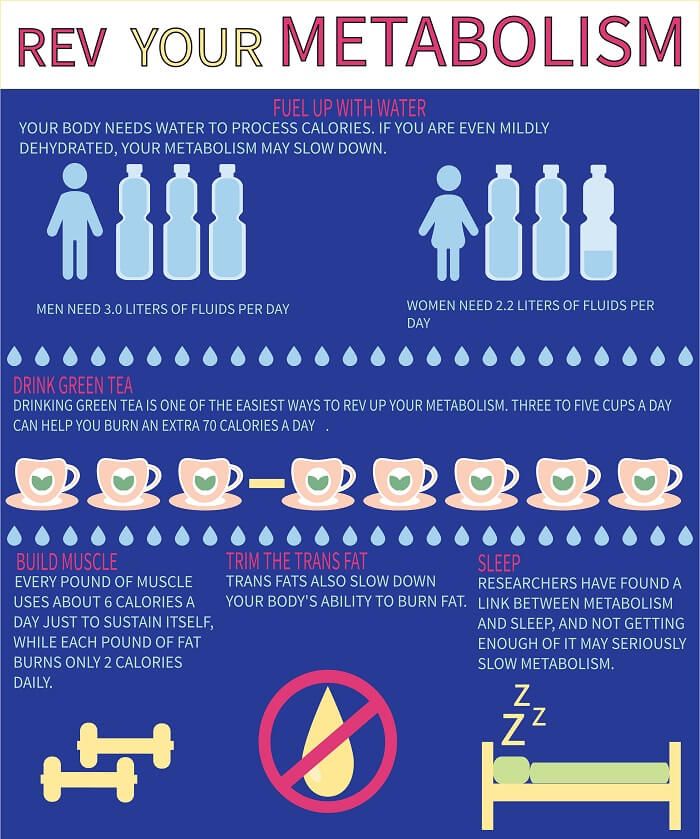 Therefore you can instantly see which dance styles burn the most calories:
Therefore you can instantly see which dance styles burn the most calories:
It is perhaps unsurprising that some of the slower dances, such as the Foxtrot, the Tango and the Waltz, for example, burn the fewest calories because people of all ages can perform these dances fairly easily.
Nevertheless you can still burn 192 calories performing the Foxtrot and the Tango in a single hour, whilst the Waltz will help you burn 216 calories, which is a decent amount.
Similarly, the Rumba is another slow and deliberate dance that you may not have considered to be particularly strenuous, but an hour of Rumba dancing will help you burn around 240 calories, which will go some way to helping you lose weight.
If you are particularly focused on losing weight and really enjoy performing various different dances, you might want to consider skipping some of the most popular dances listed above, and instead do the Quick Step (342 calories), the Cha-Cha (360 calories) or the Samba (366 calories) because these are faster paced and will therefore burn more calories.
You might want also want to consider doing the Viennese Waltz (one of the most elegant of dances) because this will burn around 390 calories per hour, or the Polka (432 calories), which is a Czech folk dance that is now very popular throughout the world.
Finally, if you are really looking to burn some calories, you should consider learning how to do the East Coast Swing, as demonstrated in the video below, because this is said to burn 450 calories per hour, which is more than any other dance style.
To put this into some kind of perspective, running for an hour will help you around 472 calories, according to this infographic, and swimming will help you burn around 413 calories.
So the point is that dancing is a great way to burn calories, keep fit and lose weight, but there are some styles of dance that are faster and more intense than others, and these are obviously the ones that will burn the most calories.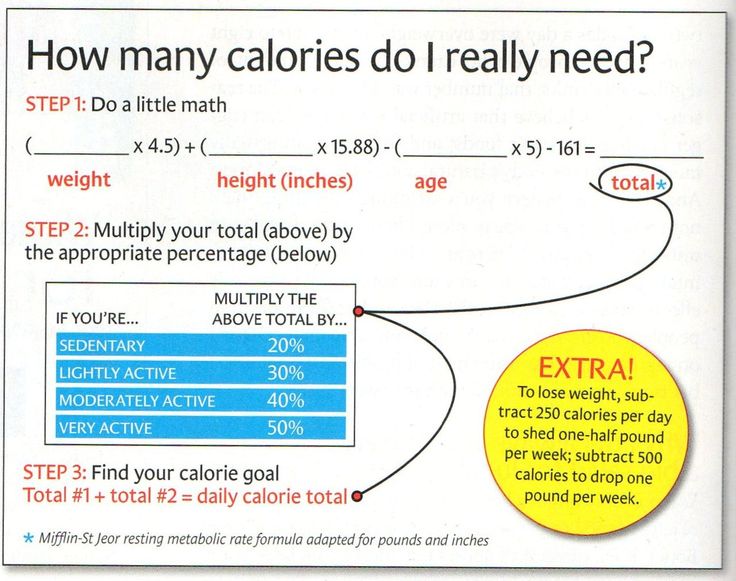
How many calories does dancing burn / HB
October 8, 2018, 19:37
Dancing is not only about the state of mind and self-expression through movement. It's also about getting rid of extra centimeters at the waist
It would seem, how many calories can be burned in an hour of "it's not clear what"? Some people don't even consider it a big deal. And really, what can be the load? You just move around the hall to the music, and what this gives is not entirely clear.
Video of the day
Dancing is actually a good cardio workout. Depending on your physical form and well-being, you can choose something really light, or you can load yourself so that it will be difficult to walk later, and you will learn a lot about your body, its capabilities and “new” muscles that were practically never there before. involved in the work.
So how many calories does dancing burn?
How it works
Body weight plays a big role in calories burned.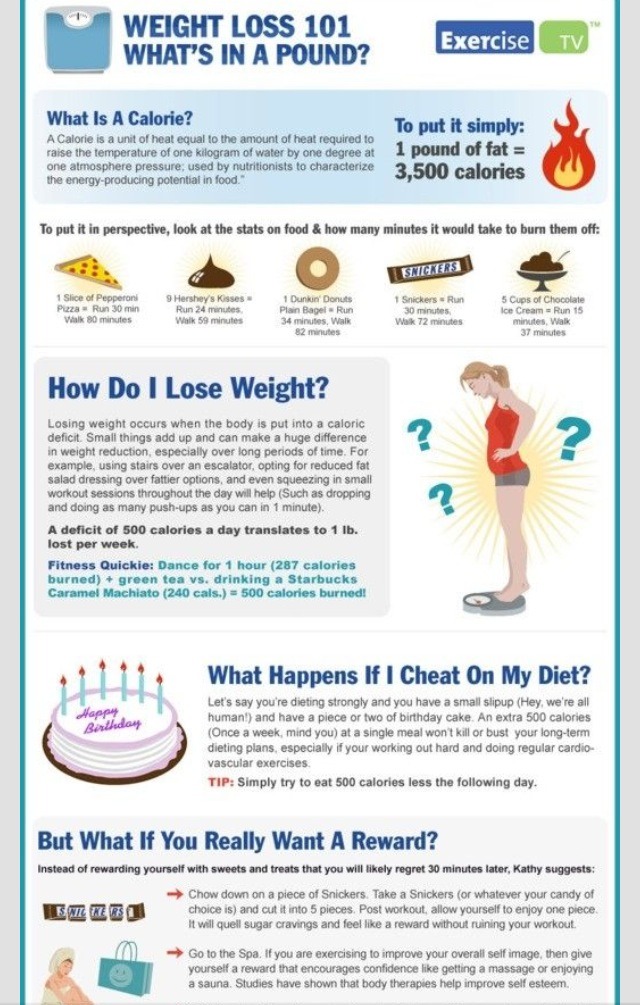 This applies not only to dancing, but also to any physical activity. The heavier you are, the more you will spend compared to a lighter counterpart. According to the Harvard Medical School, at a weight of about 60 kg, dancing at a moderate pace, you will burn about 5.5 kcal per minute. This means that in an hour you will lose 330 kcal. A person weighing 70 kg will burn 7 kcal per minute or 420 kcal per hour.
This applies not only to dancing, but also to any physical activity. The heavier you are, the more you will spend compared to a lighter counterpart. According to the Harvard Medical School, at a weight of about 60 kg, dancing at a moderate pace, you will burn about 5.5 kcal per minute. This means that in an hour you will lose 330 kcal. A person weighing 70 kg will burn 7 kcal per minute or 420 kcal per hour.
In order to lose weight by dancing, it is advisable to contact a nutritionist who will perform the necessary calculations and create a suitable menu, taking into account all needs. You can do it yourself, the main thing is to follow all the instructions and not retreat. In addition, it is worth remembering that often classes are added to dance classes in stretching or yoga for flexibility and some kind of functional training (TRX, functional training, tabata) to develop speed and endurance. And that's a lot more calories.
“Calorie content” by dance styles.
Now let's figure out how many calories you can burn in an hour doing different types of dance.
- Ballet, jazz, modern dance - 380-450 kcal depending on the intensity.
- Aerobics - 374 kcal.
- Flamenco, belly dance - 238 kcal.
- Salsa - 405 kcal.
- Ballroom dancing - 250 (slow) to 320 (fast) kcal depending on speed and intensity.
- Tango - 389kcal.
- Waltz - 136 kcal.
As a result, you get a beautiful and toned body without distortions in any direction - slender legs, graceful arms, straight back, regal posture. Oh yes! We completely forgot about discos, milongas and salsatecs - now it will always be possible to say that you did not go for a walk with your friends, but are actively burning calories.
Text published with permission of the author
Original
0006 Opinions of the new time
Blogs
hereTags: Dancing weight loss Irina Baranskaya
How much calories are burned for dancing
how to dance and get rid of the way to lose weight and get rid of the way cellulite
loading…
Do you think you can lose weight only if you deprive yourself of delicious food and regularly torture your body in the gym? You are wrong - you can lose weight with pleasure! For example, dancing.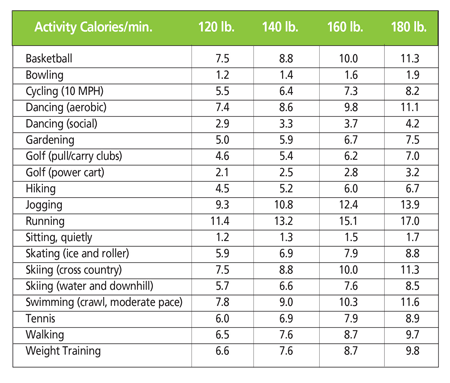
Dancing is one of the most affordable and enjoyable ways to keep yourself in great shape. Dancing classes allow not only to get rid of fat folds and tighten muscles. Rhythmic movements improve flexibility and coordination of movements, strengthen immunity, speed up metabolism, promote the breakdown of fat and get rid of cellulite. During dance, the body produces the hormone of happiness - endorphin. So a charge of vivacity and positive is guaranteed!
It remains to find out: how many calories does dancing burn and how does dancing save cellulite? We will talk about this further.
Dancing for weight loss: how many calories can you burn in a workout?
Psychologists consider dancing one of the best methods for weight loss!
Everything is simple here: more activity - more calories burned, a bonus - a lot of positive emotions. A positive attitude in the process of weight loss is very important.
A positive attitude in the process of weight loss is very important.
And so, our selection of the 10 most popular dance styles: 1)
Ballet - 700-750 kcal / hour For training, performing classical steps, you can burn about 750 kcal. And in order to look graceful, the trainer will also recommend reducing daily calories to a minimum.
2) Hip-Hop - up to 750 kcal/hour The main elements and techniques of this style are: body swing, jumps, falls, spins and light acrobatic movements.
3) Reggaeton - up to 700 kcal/hour Sharp movements involve all muscles, high-quality cardio load strengthens the heart muscle and “accelerates” the blood. During the dance, the legs, hips and buttocks are strengthened, giving the forms a piquant roundness;
4) Modern Jazz - up to 650 kcal/hour This "mixture" of elements of classical ballet, ballroom dancing, tap, break and other styles is attractive because it heavily loads almost all muscle groups, and this is extremely important in the process of losing weight;
5) Zumba - 525 kcal/hour Zumba is a dance fitness program that combines fitness exercises and movements from Latin American dances.
6) Pole dance (plastic strip) 500 kcal/hour Combines cardio load, stretching exercises and strength training at the same time. Almost all muscle groups are involved. The main load falls on the legs, stomach, back and buttocks.
7) Twerk - 500 kcal/hour Twerk is a very erotic dance whose roots can be found in American southern rap. The dance actively works out the legs and hips, and also increases the density of the tissues of the pelvic bone, which helps to avoid osteoporosis.
Latina - 450-500 kcal/hour Latina is the common name for many Latin American dance styles, such as mamba, bachata, jive, rumba, cha-cha-cha and others. All of them are united by the fact that the dance is based on energetic movements that actively help fight excess weight.
9) Belly dance or oriental dances – 300-400 kcal/hour Perhaps this is the most feminine dance of all possible fitness areas and, at the same time, the most uncomplicated in terms of choreography.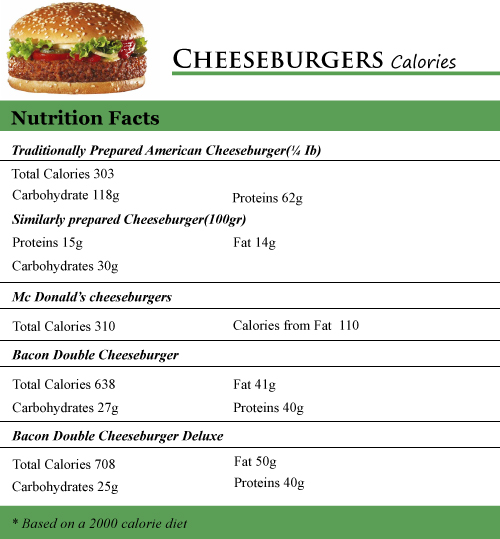 It is difficult to overestimate the benefits of oriental dances, especially for women: while doing belly dancing, you actively shake your hips, as a result of which blood circulation increases in the pelvic organs. This helps to restore the functioning of the ovaries, and also has a beneficial effect on the uterine mucosa. With the help of oriental dance, spasms during the menstrual cycle are reduced.
It is difficult to overestimate the benefits of oriental dances, especially for women: while doing belly dancing, you actively shake your hips, as a result of which blood circulation increases in the pelvic organs. This helps to restore the functioning of the ovaries, and also has a beneficial effect on the uterine mucosa. With the help of oriental dance, spasms during the menstrual cycle are reduced.
10) Contemporary - up to 400 kcal/hour Contempo is a dance direction, consisting of many different techniques and styles. It is based on classical dance, modern and oriental techniques - qigong, yoga, taijiquan.
As you can see, dancing is a great helper in the process of losing weight.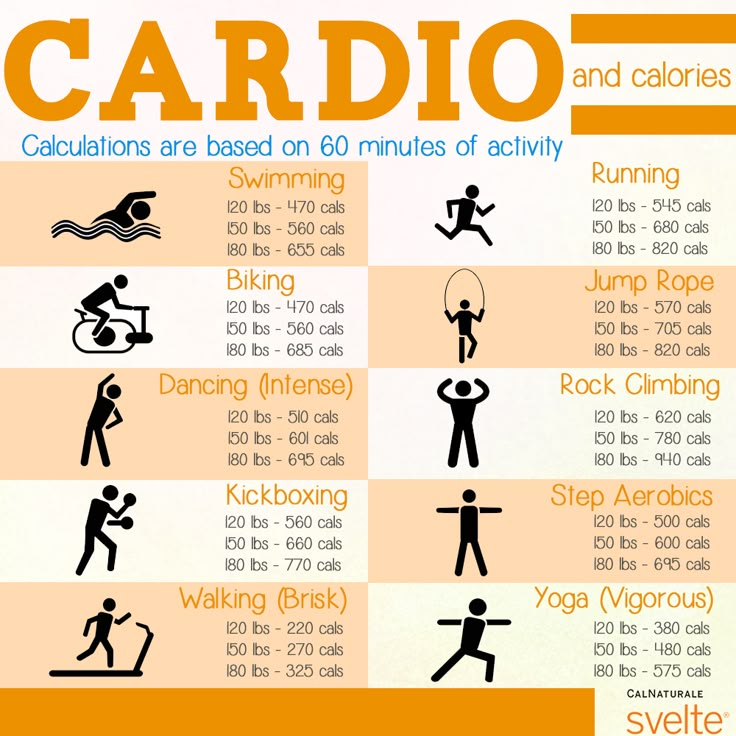 The main thing to remember is that it is important not only to reduce, but also to keep weight. An important factor that helps not to gain extra pounds is a fast metabolism, which can only be achieved with the help of a power load. Dancing is first and foremost a cardio workout. Therefore, do not forget to add strength exercises to them 2-3 times a week to achieve a really high-quality result!
The main thing to remember is that it is important not only to reduce, but also to keep weight. An important factor that helps not to gain extra pounds is a fast metabolism, which can only be achieved with the help of a power load. Dancing is first and foremost a cardio workout. Therefore, do not forget to add strength exercises to them 2-3 times a week to achieve a really high-quality result!
Burning calories by dancing
Dancing is an aerobic exercise, during which the body is saturated with oxygen and actively burns fat in muscle tissue. This is a very simple and affordable way to get a toned figure and smooth skin without signs of cellulite. You don’t need any special equipment (except for half-dance) and you don’t need to drag yourself through the whole city to a sports club either. You can dance at home, and on vacation, and wherever you are in the mood to warm up.
The number of calories burned while dancing depends on your weight, age and duration of the class. On average, a dancer weighing 50 kg burns about 250 calories per hour of moving to music. With a weight of 75 kg, the body will spend 390 calories, and with a weight of 115 kg - already 580 calories per hour of exercise.
On average, a dancer weighing 50 kg burns about 250 calories per hour of moving to music. With a weight of 75 kg, the body will spend 390 calories, and with a weight of 115 kg - already 580 calories per hour of exercise.
Choosing the right dance genre is very important. Ballet is considered the record holder for calories burned. But ballroom dancing is located on the very last step in the ranking of fat-burning dances. However, first things first.
Calories
Dancing is one of the simplest, most fun and rewarding types of physical activity. in addition to a really high calorie consumption, at the same time you are still positively charged and spend time with pleasure, which is very important when building a body shaping technique and generally healthy weight loss.
Amazingly, the biggest calorie burn is provided by ballet classes: more than 30% more calories in the same time as swimming in a fast crawl. In addition, ballet burns probably the most calories of any type of dance, and more than 3 times!! more than modern dance.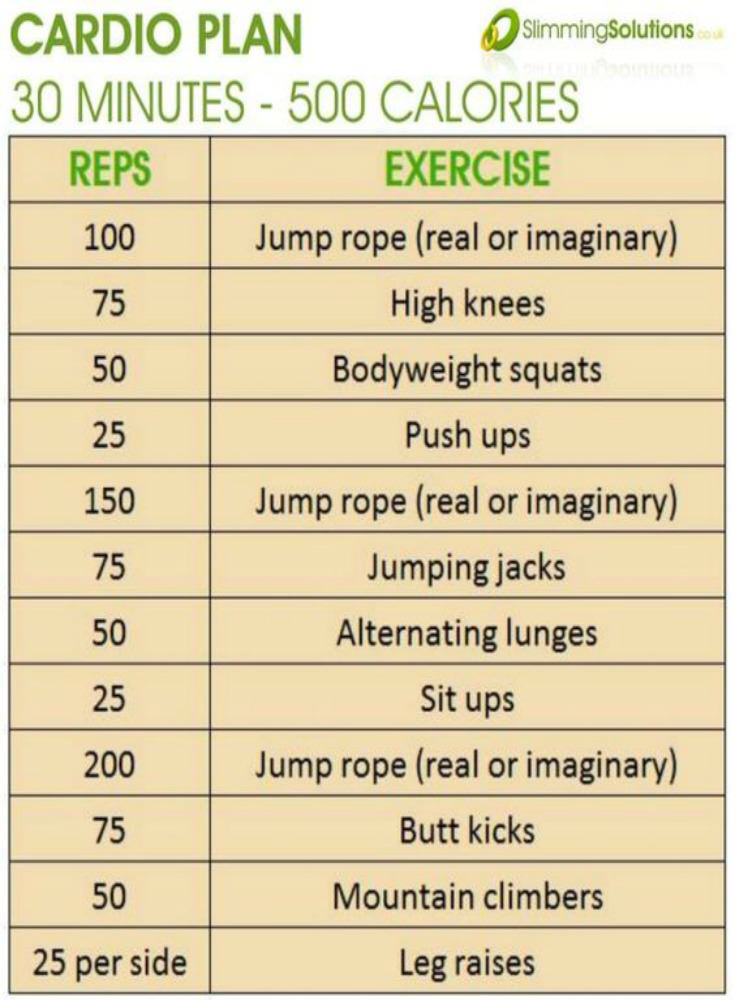 It's no wonder that ballerinas and ballerinas are so slender (or maybe they don't take others as astronauts ..:))
It's no wonder that ballerinas and ballerinas are so slender (or maybe they don't take others as astronauts ..:))
Find out: How many calories do you burn swimming? How many calories are burned in crawl swimming or diving?
It is also interesting that ballroom dancing burns calories very little compared to the same disco, normal aerobics and ballet: so a dancer with a body weight of 60 kg consumes 239 kilocalories per hour, while active disco consumes 348 calories at the same time.
To find out how many calories are you spend at the disco, answer yourself the question - how do you like to dance and choose between Disco dances, modern dances and Latin ballrooms.
So how many calories are spent on aerobics, step or disco:
| forms of dance classes and physical exercises | are burned by calories, kcal/hour, with a weight of | ||||
| 90 kg | 9191919 kg60 kg | 50 kg | |||
Do you want to lose weight? Top up on cardio. And then everyone imagines the hell of a treadmill or an endless circle in the stadium near the house. But what if we tell you that you can lose calories, get high on your favorite tracks and pump your body and heart in an unusual format of cardio training? And this is not even about innovative simulators, popular cycling or a banal jump rope. We are talking about dancing!
As part of our editorial experiment, we went to dance training at New York Dance Studio
, armed with special sensors and Suunto smartwatches. The purpose of our experiment was to find out how many calories can be burned during a regular dance workout at the "Beginner" level. The results exceeded all expectations, but more on that later.
For reference:
we understand that the individual calculation of calories burned during training directly depends on the parameters of your body: height, weight, etc.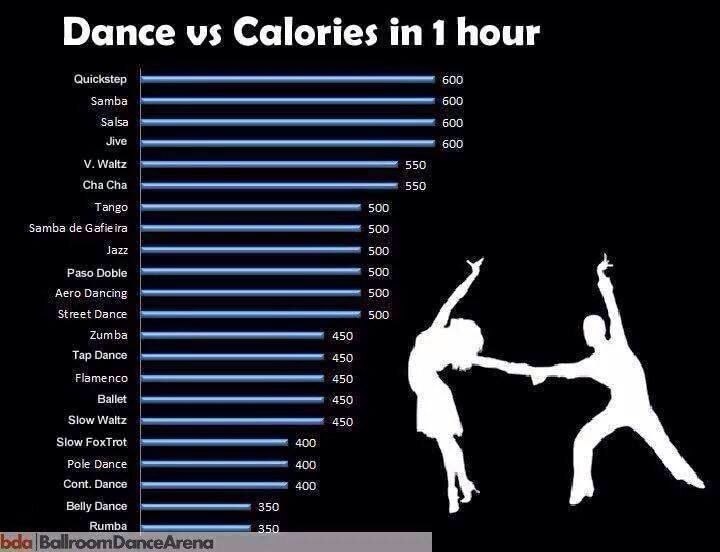 Therefore, all data below is individual and may not be accurate. But these figures can be taken as an average, if you do not plan to feel sorry for yourself and be lazy in training, and the coach expects to squeeze the maximum out of you.
Therefore, all data below is individual and may not be accurate. But these figures can be taken as an average, if you do not plan to feel sorry for yourself and be lazy in training, and the coach expects to squeeze the maximum out of you.
During the experiment, we attended two training sessions in the areas of "Hip Hop" and "House". Compare the data and try to understand what is right for you.
hip-hop: we squeeze the maximum under bit
Duration of class:
1 hour
Level:
beginner
Lecturer:
Michelle Beatz (Mikhail Nikiforov)
9000 9000
9000
9000
Hop is a dance direction that has absorbed African American street philosophy, elements of funk, pop, break and jazz. It originated at the end of the last century as a dance of the inhabitants of poor American neighborhoods. But what came out of it - expression, passion, creativity, freedom and emotions - went far beyond street battles.
The training itself was quite varied and was divided into blocks: warm-up, study-repetition of individual basic elements that make up the dance, memorization of choreography through the combination of various elements (bundles). It was hot and difficult from the fact that the brain fought with the body. It was important not only to perform the element correctly, but also to remember its place in the combination, to follow the technique and attention ... to relax. Yes, yes, with all this, it was still necessary to relax, trust the music and start enjoying the process. But the results were worth it.
As a result, thanks to my meticulousness (often repeating elements and a little grimace under the beat in front of the mirror), in one training session I walked as many steps as I walk daily from the metro to the house (there are 3517 of them).
Minimum pulse:
89
Maximum pulse (peak):
137 3517
The number of burned calories:
410 Kcal Classes: 903 9000 9000 9000 9000 9000 9000 9000 9000 9000 9000 9000 9 calories
Lesson Duration:
1 hour
Level:
beginner
Lecturer:
Kerry (Karina Muslimova)
Brief certificate:
House - dance from the dance of one Chicago in the early 80s.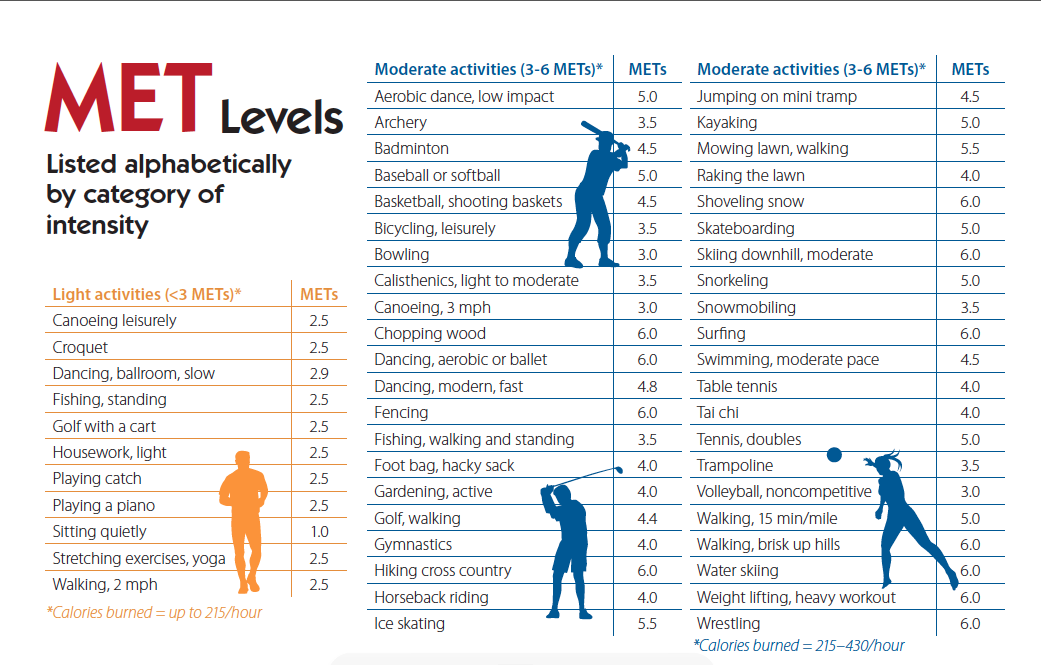 Interestingly, the name of the style comes from the Warehouse club, where DJs started playing house music. What is in the music is reflected in the dance - it's high speed, rhythm, drive. Wide, energetic movements are performed to short slowing down and then accelerating fragments of house.
Interestingly, the name of the style comes from the Warehouse club, where DJs started playing house music. What is in the music is reflected in the dance - it's high speed, rhythm, drive. Wide, energetic movements are performed to short slowing down and then accelerating fragments of house.
House is legs, legs and more legs. And when the coach says: “Let's connect our hands, swing to the beat and make a turn,” the brain explodes. But the most amazing thing about this is that our body is much smarter than we are, and perceives a lot on some intuitive level. Therefore, after a few repetitions, I began to automatically (bingo) perform a bunch. And honestly, I’ll tell you, this is a real thrill when you just start moving on the same wavelength with the beat and sounds without any extra stress. It's like dancing in a disco, but without improvisation, but with clear preparations. All in all, a definite recommendation from me.
Important:
do not skip the warm-up.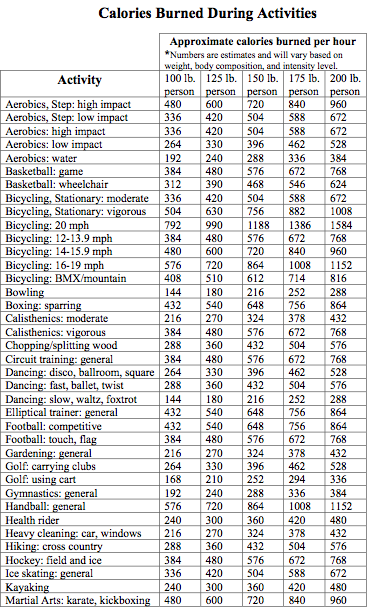 This is necessary in order not to get a ridiculous and unnecessary injury. And in dance, this is a great way to hone the technique of the basic elements that are used in drawing up connections and choreography.
This is necessary in order not to get a ridiculous and unnecessary injury. And in dance, this is a great way to hone the technique of the basic elements that are used in drawing up connections and choreography.
The readings of the gadgets surprised me: by the number of steps taken, the house even interrupted my way from the subway to the subway. For a workout, I found and jumped about 4120. That's how you go to two workouts, and the norm for the day is ready.
Editor's opinion:
The main advantage of dancing is that it is simply impossible to think about something superfluous during training. I thought about the perishability of life or the routine at work - I missed a couple of the coach's recommendations and already got out of rhythm. Therefore, if you want to dance cool, at the master class you will have to turn off your head and join the process. Here is such a budgetary motivation - cheaper than a session of a psychotherapist, you will also burn calories.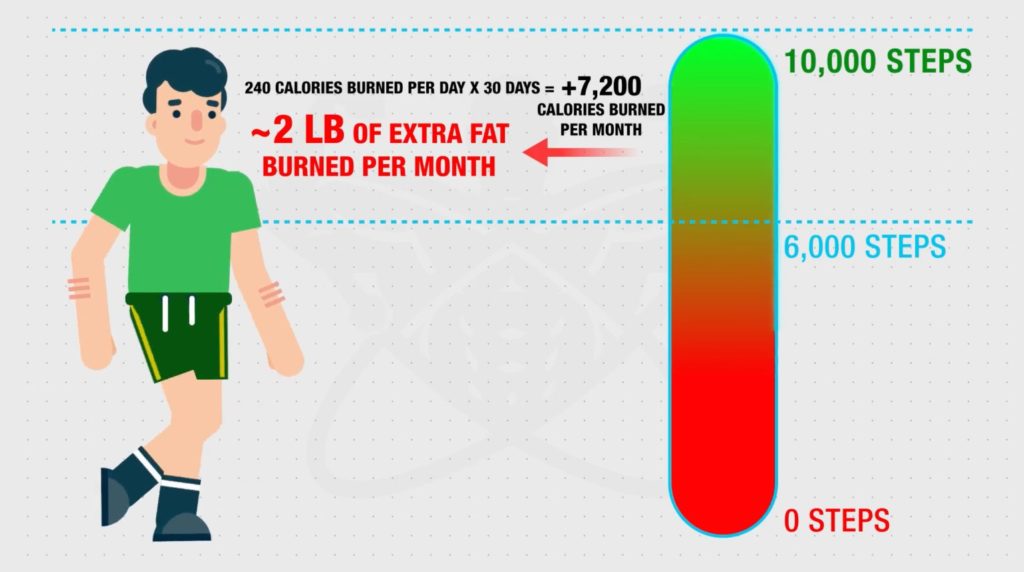
You can learn more about dance directions, schedule and levels.
Any activity that increases your heart rate helps burn calories, which is why dancing is a great way to get rid of excess body fat. The calories burned by dancing can vary greatly depending on which muscle groups are used during the movement of the body. The longer people dance, and even with pleasure, the higher the chances of burning fat and building a muscular corset. This is especially interesting for the category of people who are trying to keep their weight and body volume within the given limits, or are starting to think about it.
There are quite a few styles from which you can choose the one that suits you: belly dance, ballroom styles, swing, ballet, salsa, hip-hop, breakdance, tap, vogue, lambada. These and many others can be found in financial centers, special dance schools on Vernadsky or Lenin Avenue, in Moscow or Chelyabinsk, in a big or small town. If you know how to study on your own, TV or Internet video tutorials will help.
Calories burned
A dance session (about 30 minutes) can burn between 105 and 620 calories. The result is influenced by many factors, such as
The number of calories spent on a dance or class can be increased if:
- Exercise in a good mood, enjoying the dance, freely performing all movements, without constraint and tightness.
- If arm movements are expected, perform them with maximum opening, this will allow more muscles to be involved in the work.
- Take big steps, move more and move up and down as much as the dance steps allow. Try to feel your muscles in your thighs and buttocks.
- Keep your whole body in good shape without forgetting your posture.
- Perform all movements with full force, but comfortably.
And of course, to achieve the result, it is not enough to just dance at a corporate party two or three times a year. Regularity is needed, which implies at least two full-fledged classes per week.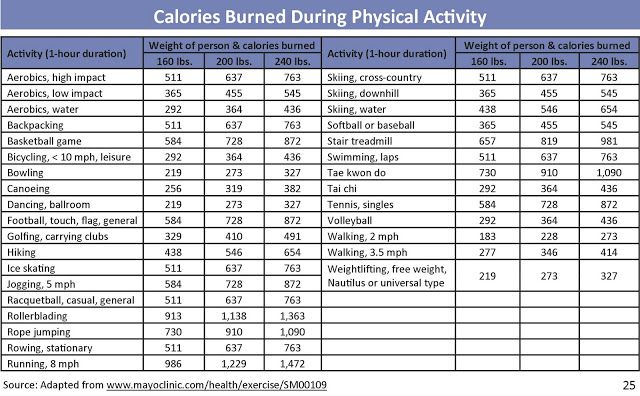
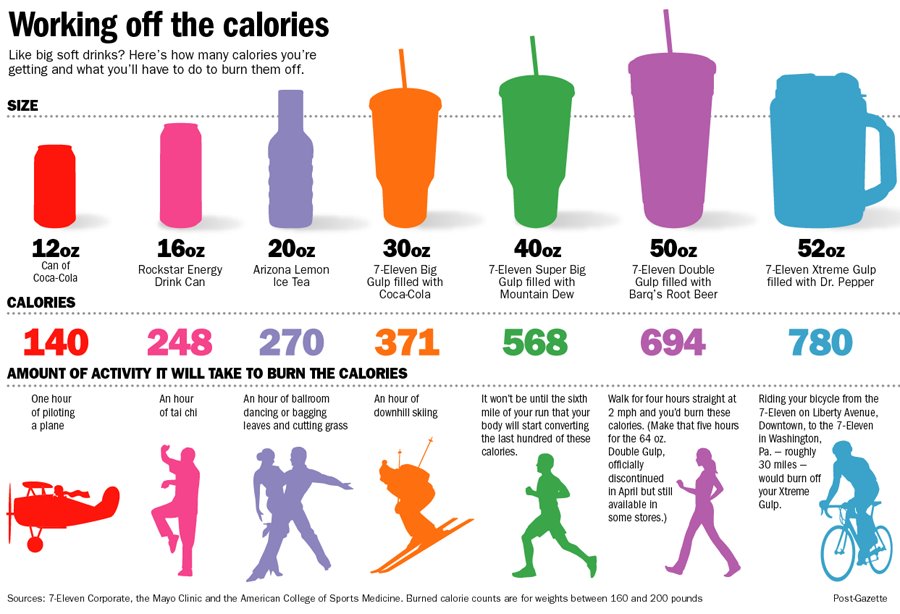 You should also adjust your diet, give up high-calorie fats, and striving to be deposited on your waist. Eat protein foods 2 hours before class: cottage cheese, chicken or turkey fillet, for example. Drink more water during your workout. But you shouldn’t eat for another 2 hours after dancing.
You should also adjust your diet, give up high-calorie fats, and striving to be deposited on your waist. Eat protein foods 2 hours before class: cottage cheese, chicken or turkey fillet, for example. Drink more water during your workout. But you shouldn’t eat for another 2 hours after dancing.  Classes include all types of load: power, aerobic, stretching, elements of acrobatics. Pole dance is not a striptease, as many people think, but only its imitation. The main emphasis here is on the technique of execution, and it is worth noting that it is not easy.
Classes include all types of load: power, aerobic, stretching, elements of acrobatics. Pole dance is not a striptease, as many people think, but only its imitation. The main emphasis here is on the technique of execution, and it is worth noting that it is not easy.  This is the perfect dance for those who want to really pump up their legs. Relief, tightened, slender hips, calves, buttocks - this is the main result of Irish step classes. In addition, this type of dance helps to pump up the press, correct posture, develop the respiratory system and strengthen the heart muscle. The dance is very rhythmic, which means that at each workout you will have to sweat a lot, but, as you know, not only harmful substances, but also extra pounds go away with sweat.
This is the perfect dance for those who want to really pump up their legs. Relief, tightened, slender hips, calves, buttocks - this is the main result of Irish step classes. In addition, this type of dance helps to pump up the press, correct posture, develop the respiratory system and strengthen the heart muscle. The dance is very rhythmic, which means that at each workout you will have to sweat a lot, but, as you know, not only harmful substances, but also extra pounds go away with sweat. 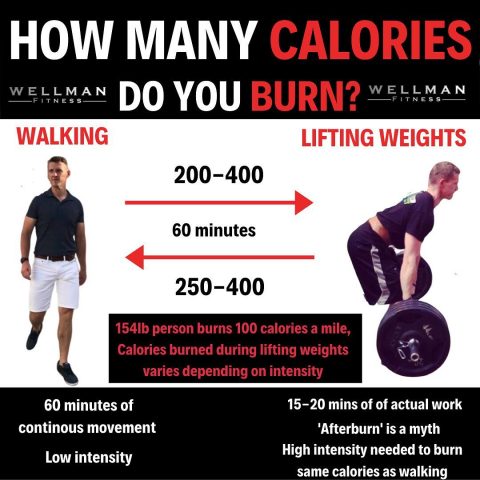
 It will be difficult for a beginner to join a group if it is not for absolute beginners. The music used is modern, often romantic hits.
It will be difficult for a beginner to join a group if it is not for absolute beginners. The music used is modern, often romantic hits. 


